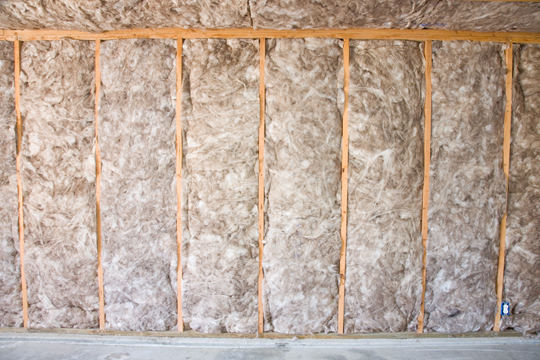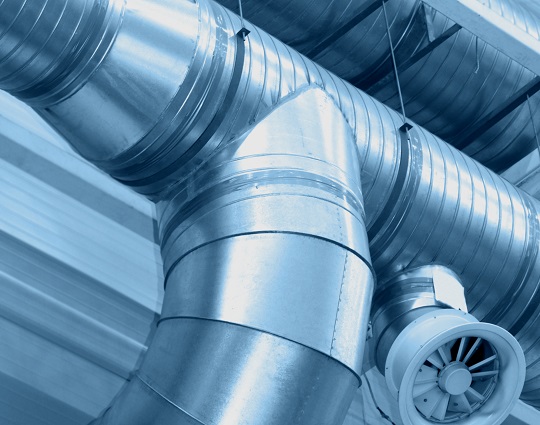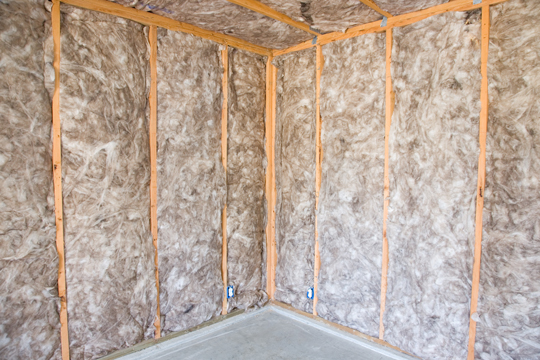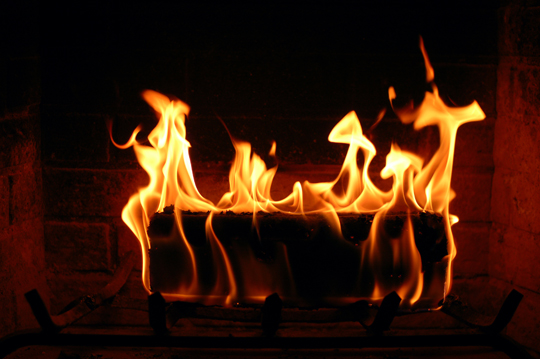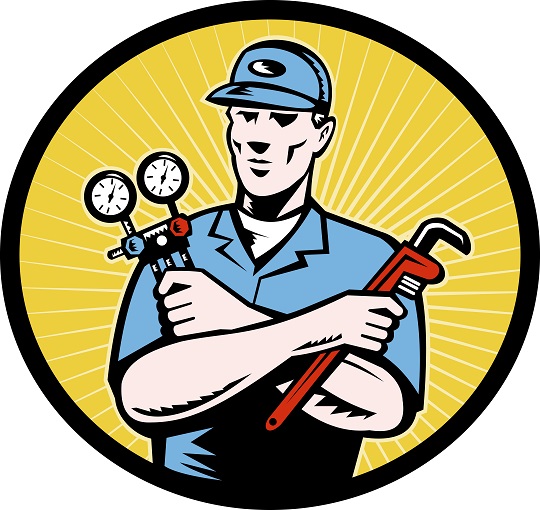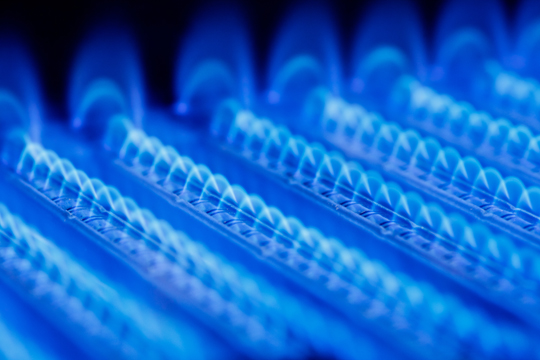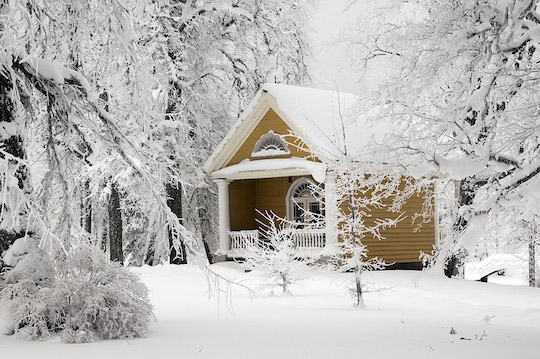More and more people who want to preserve an ideal temperature inside their house and keep their monthly bills under control choose to insulate their homes on their own, or with help from a heating and cooling expert.
The question is this: what kind of insulation would be more suitable for this project and where could it be found? Also, could Home Depot insulation meet and even exceed your highest expectations?
Discover Numerous Appealing, Cost-Effective Options
Home Depot offers you a generous selection of insulation, tailored to your goals, needs, specific requirements, and financial possibilities. You could shop by application and product type to save time. There are various kinds of insulation that you should consider:
– Fiberglass insulation
– Rigid insulation
– Denim insulation
– Spray foam insulation
– Radiant barrier insulation
– Blow-in insulation
Also, you could choose the most appropriate type of insulation based on application (the part of your house which needs to be insulated). There are specially-formulated products for floors and walls, for attics and basements, and for exterior structures (garages, exterior walls, sheds, and so on).
Making an Inspired Choice
The final choice is up to you. Keep in mind that it is preferable to opt for insulation with a superior R-value, which will limit your heat transfer between the indoor and outdoor areas and allow you to experience considerable financial savings and an elevated level of comfort.
The best part is that Home Depot gives you the chance to estimate your costs and make inspired decisions, by using their Insulation Calculator.
Ask an Expert
Don’t know much about Home Depot insulation? In this case, ask a heating and cooling expert for advice. Pick the most reliable one in your area by utilizing Seva Call, your trusted connection to the best professionals. Seva Call is easy to use and will always encourage you to make informed decisions and feasible long-term investments.

